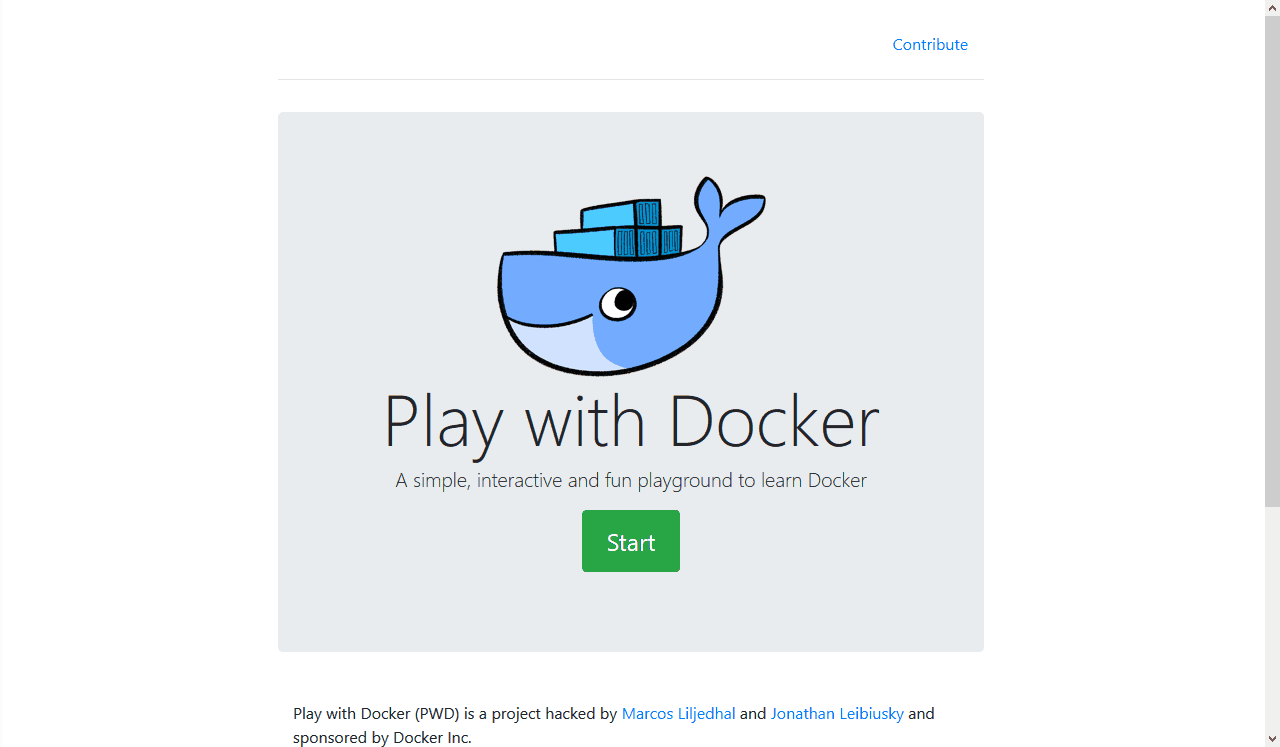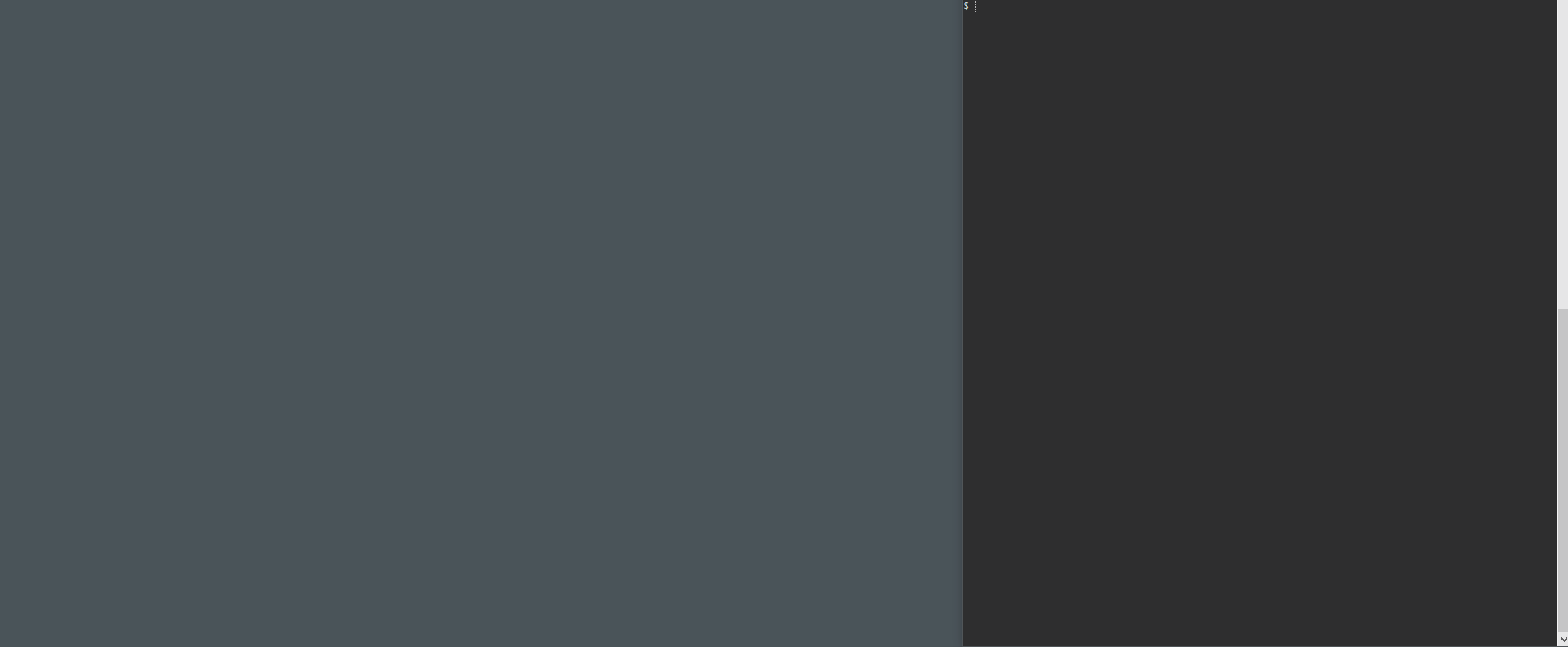Thanks to play-with-docker (PWD), any user can try GHDL without installing anything. Shall local execution be preferred, installation/removal is as simple as pulling/removing a docker image.
The same image can be used in GNU/Linux, macOS and windows. This allows developers to forget about library version collisions, different locations of resources, unsynchronized updates, etc.
This same feature is useful in CI environment. E.g. run a script in travis to compile and test a VHDL design:
docker run --rm -t \
-v /$(pwd):/src \
-w //src \
ghdl/ghdl:bullseye-mcode \
bash -c "$(cat myscript.sh)"On the one hand, the 'Bug report' issue template in ghdl/ghdl provides an example of how to use 1138-4EB/issue-runner in order to allow developers and contributors to share executable Minimal Working Examples (MWEs). This allows to test the code in any of the available 

Travis-GitHub integration for releases is not really meant for nightly builds. There are external tools, such as nightlies, to achieve it, but they require quite many permissions on the repository. However, docker images are rolling releases by default, and, if wanted, specific versions can be fixed by tagging them. Then, the names of images used all along this document refer to rolling/latest/nightly versions and are updated periodically (through CRON jobs).
As explained in ghdl/ghdl#489, 


llvm image corresponds to a different platform and library version:
ubuntu14-llvm-3.8ubuntu16-llvm-3.9fedora26-llvm[4.0]ubuntu18-llvm-5.0
You need docker installed and the daemon running. If you don't, you can try the images in any of these playgrounds:
- play-with-docker (requires Docker ID)
- The public demo of Portainer (see user and pass in the readme)
We may use any of the images. I will take the smallest image (75MB), 
$(command -v winpty) docker run --rm -it ghdl/ghdl:bullseye-mcode bashNOTE:
winptyis required on windows (MSYS2) only.
Then, in the prompt inside the container, we check the version:
ghdl --versionNow, we will execute the examples of VUnit/vunit. Since the image contains minimum runtime dependencies for GHDL, we need to install python and git (or curl, wget...). This is debian, so:
apt-get install -y git python3-pip
pip3 install vunit_hdl
git clone https://github.com/VUnit/vunit/Ready to go!
for f in $(find vunit/examples/vhdl/ -name 'run.py'); do python3 $f; doneA reduced number of carefully crafted images is built on top of 
debian:bullseye. Right now, these are available:
-
- BASED ON
ghdl/ghdl:bullseye-mcode - python3
- pip3 install vunit_hdl
- apt-get install -y curl
- BASED ON
-
- BASED ON
ghdl/ext:vunit - gtkwave
- X11 libraries
- BASED ON
-
- BASED ON
ghdl/ext:vunit-gtkwave - Companion script to launch a GTK+ Broadway server that allows to access GUI applications in the container through a web browser.
- BASED ON
Please, let us know if you think that llvm and gcc variants are requied for 
Since 

# Start a container with option `--interactive`
$(command -v winpty) docker run --rm -it ghdl/ext:vunit bash
# In the prompt inside the container:
ghdl --version
mkdir vunit
curl -L https://github.com/VUnit/vunit/archive/v2.2.0.tar.gz | tar xz -C vunit --strip-components=1
for f in $(find vunit/examples/vhdl/ -name 'run.py'); do python3 $f; doneNote that, instead of git, curl was used to download the VUnit repo.
Let's try 
NOTE: x11docker is a helper script to enable GUI apps inside the container to use a X server on the host. If running the example on Windows, VcXsrv or Cygwin/X are required (see MSYS2, Cygwin and WSL on MS Windows). When required,
x11dockerusewinptyunder the hood, so it is not required to set it.
# Start a container with option `--interactive`
x11docker -i ghdl/ext:vunit-gtkwave bash
# In the prompt inside the container:
mkdir hwd-ide
curl -L https://github.com/1138-4EB/hwd-ide/archive/develop.tar.gz | tar xz -C hwd-ide --strip-components=1
./hwd-ide/examples/full_adder/test.sh
ls -la
gtkwave adder.vcdAs an alternative to using an X server on the host, a GTK+ Broadway server can be started. This is a backend for displaying GTK+ applications in a web browser. Precisely, 
BROADWAY is not empty, to start it on port $((8080 + $BROADWAY)). For example:
# Start a container with either `x11docker` or `docker run`:
$(command -v winpty) docker run -it \
-e BROADWAY=5 -p 8085:8085 -- ghdl/ext:broadway bash
# or
x11docker -it -- \
-e BROADWAY=5 -p 8085:8085 -- ghdl/ext:broadway bashThen, browse localhost:8085. An empty white page should be loaded, which means that the server is running, but no GUI app is started yet. Start a GUI app, say gtkwave, from the prompt in the container and it will be shown.

